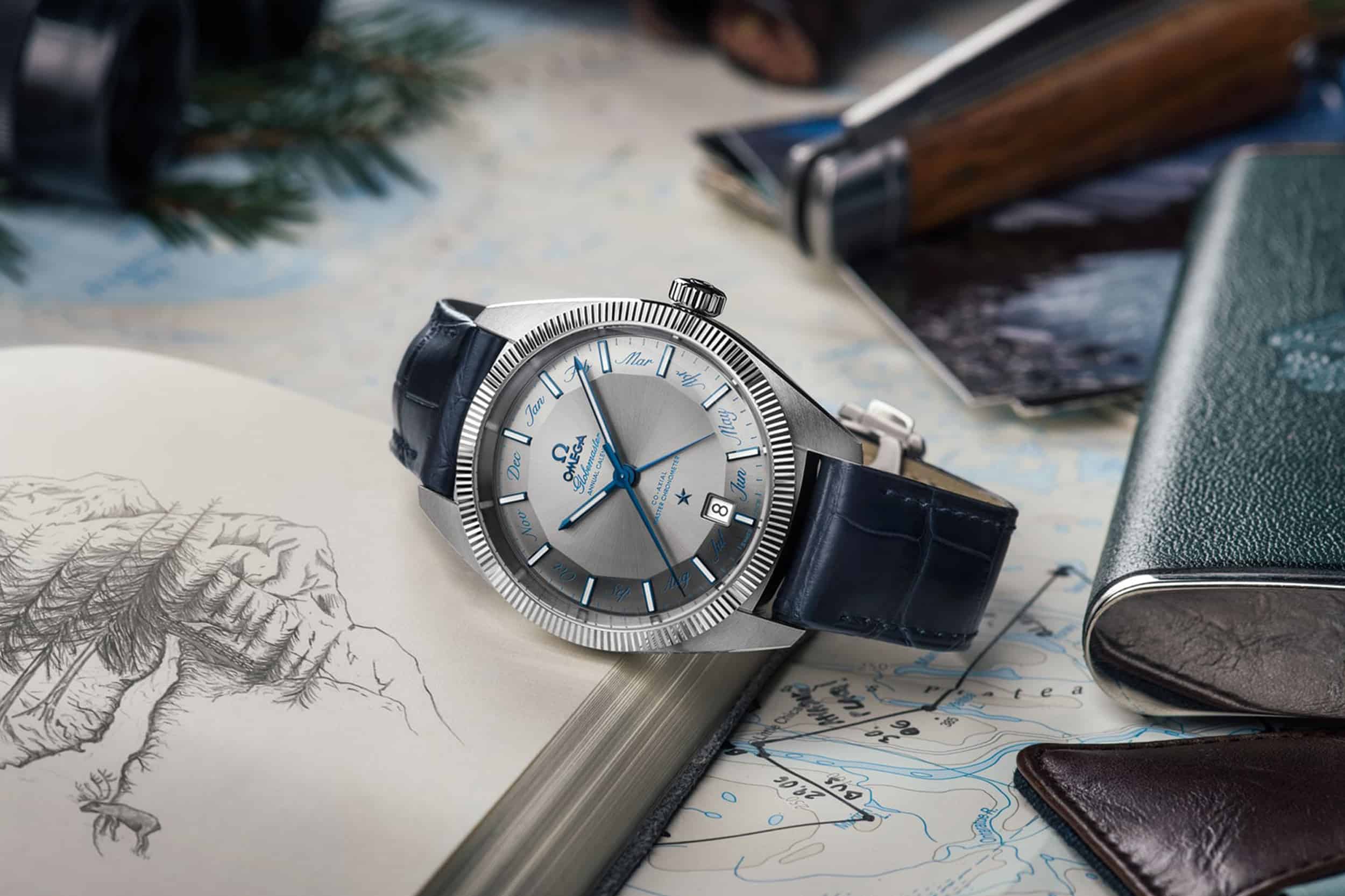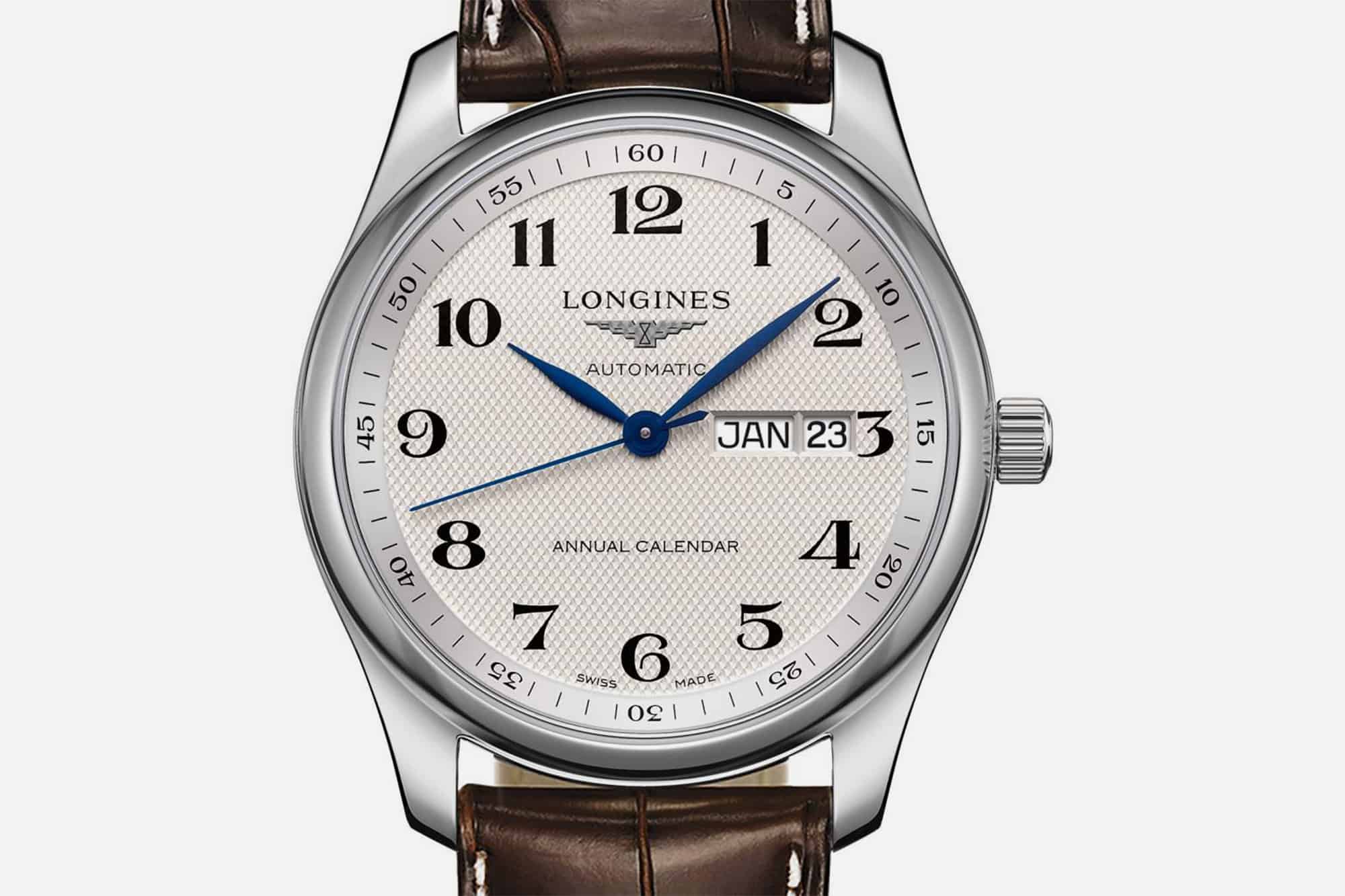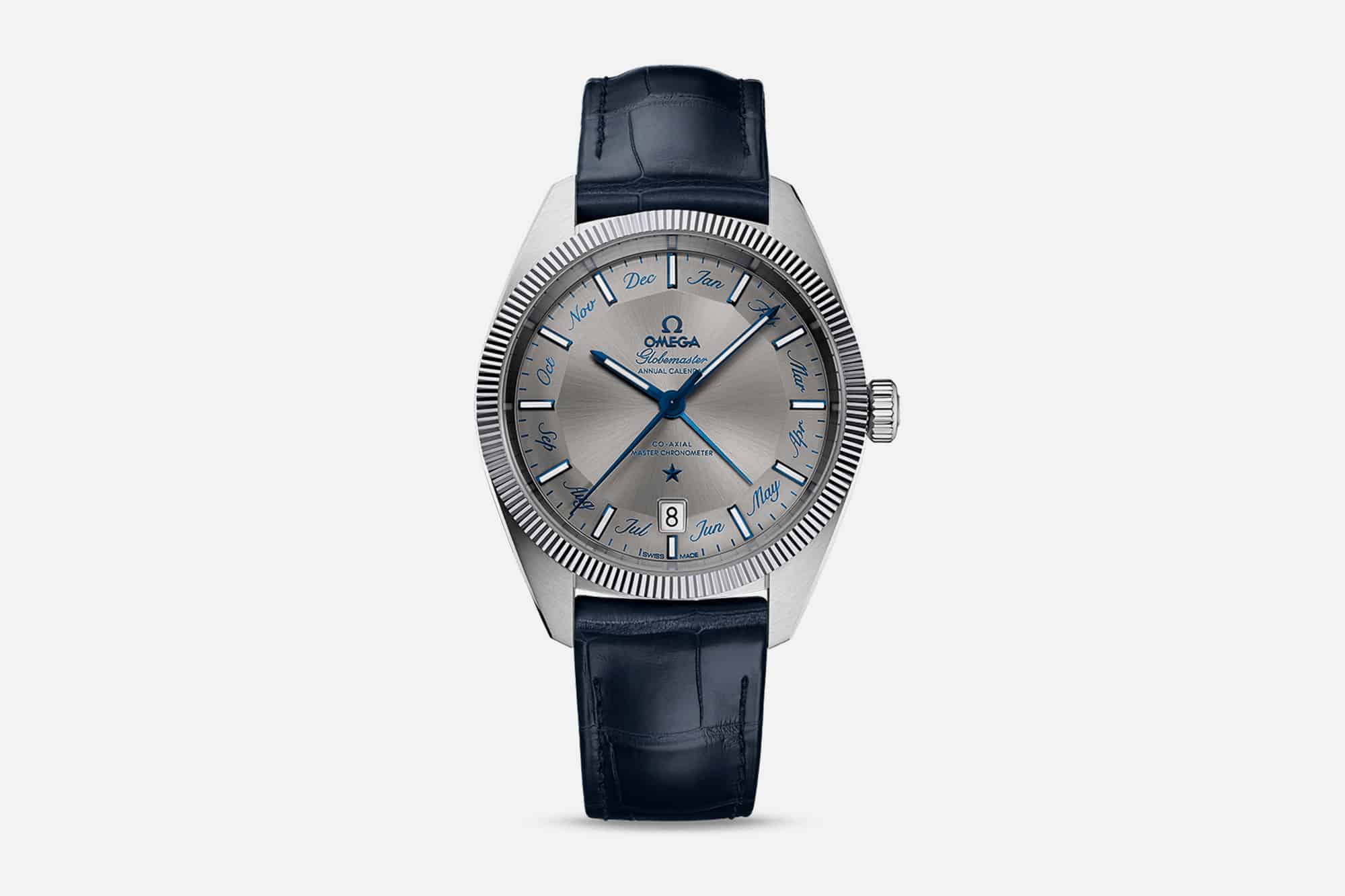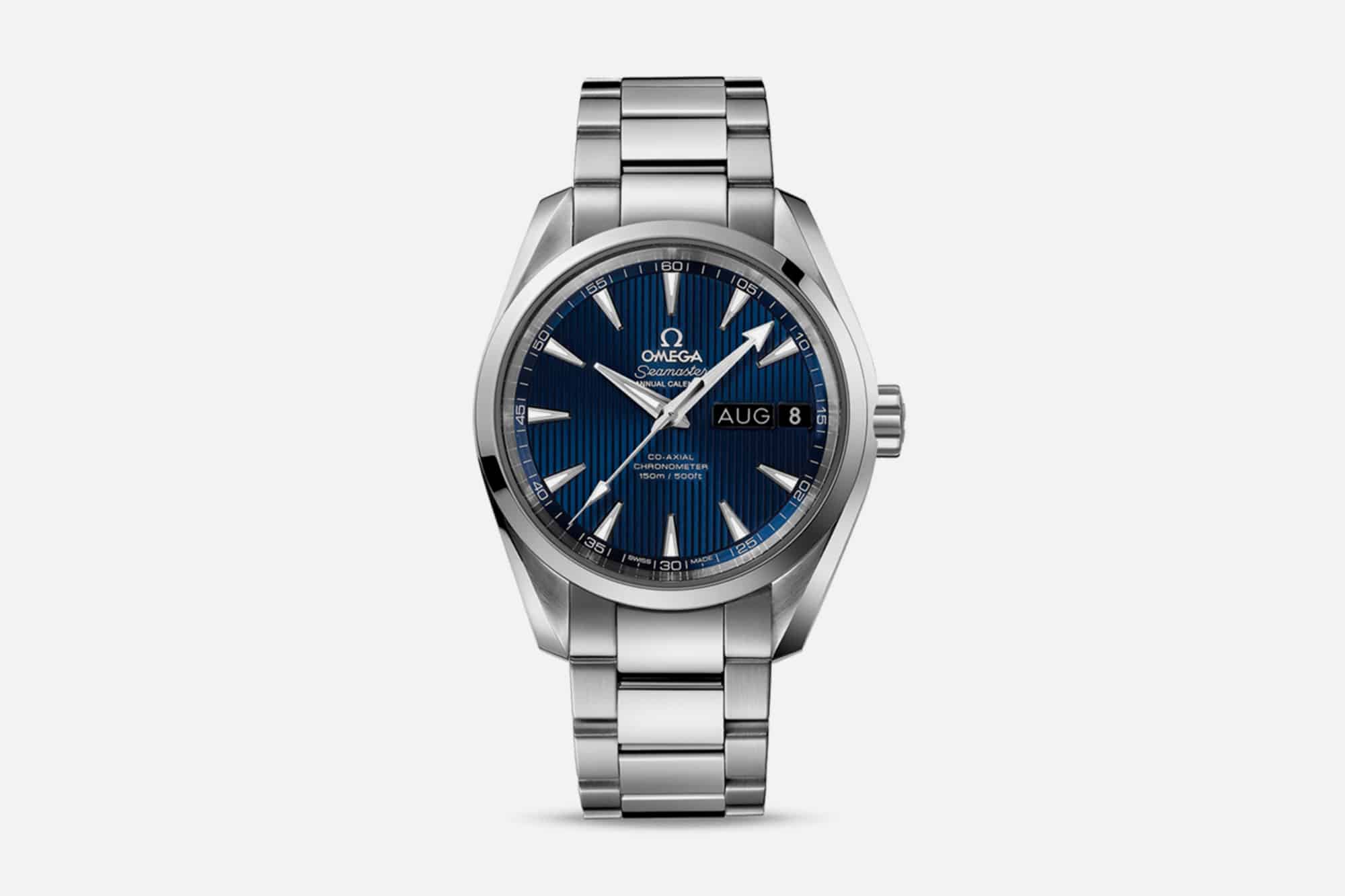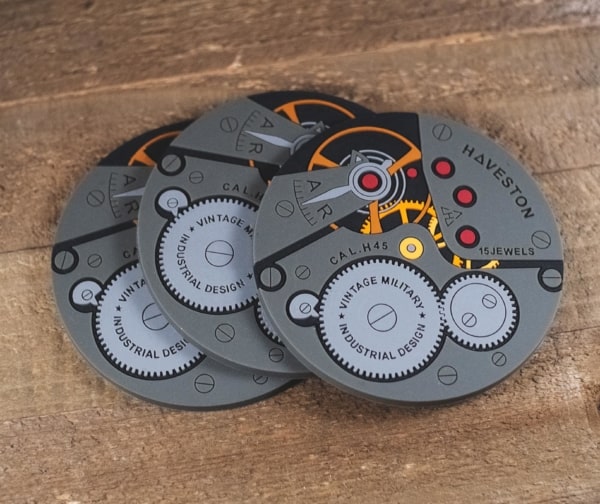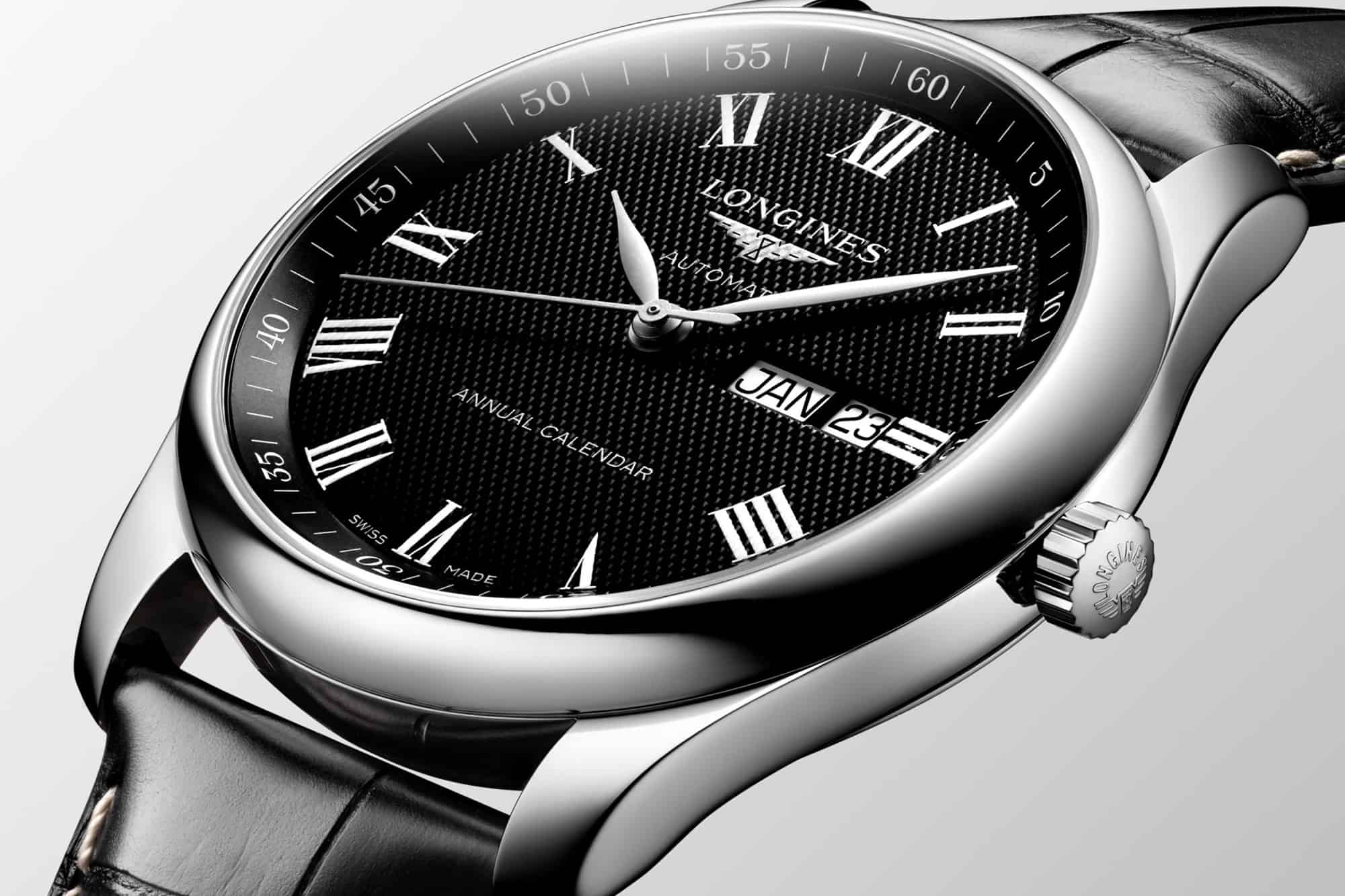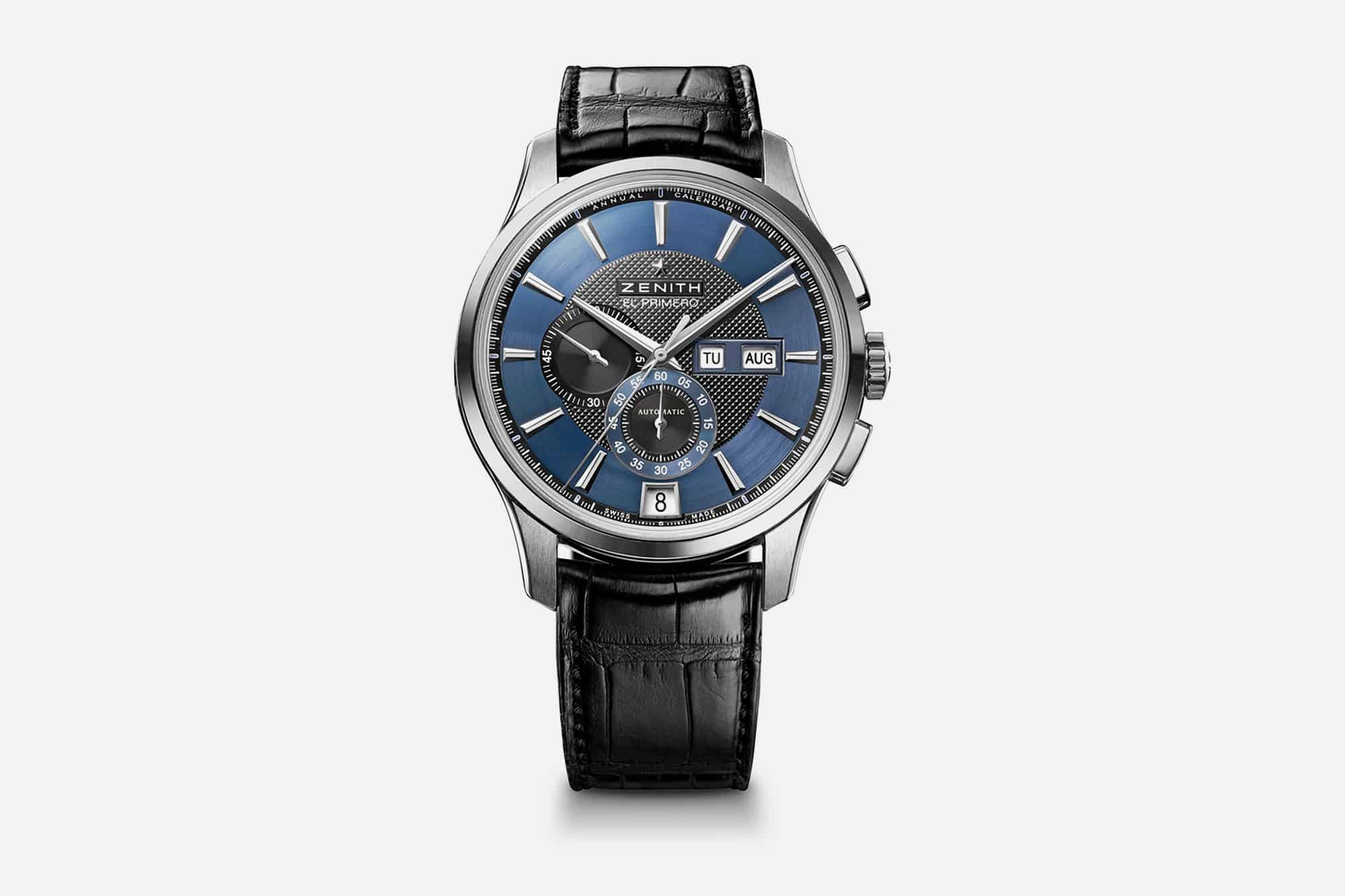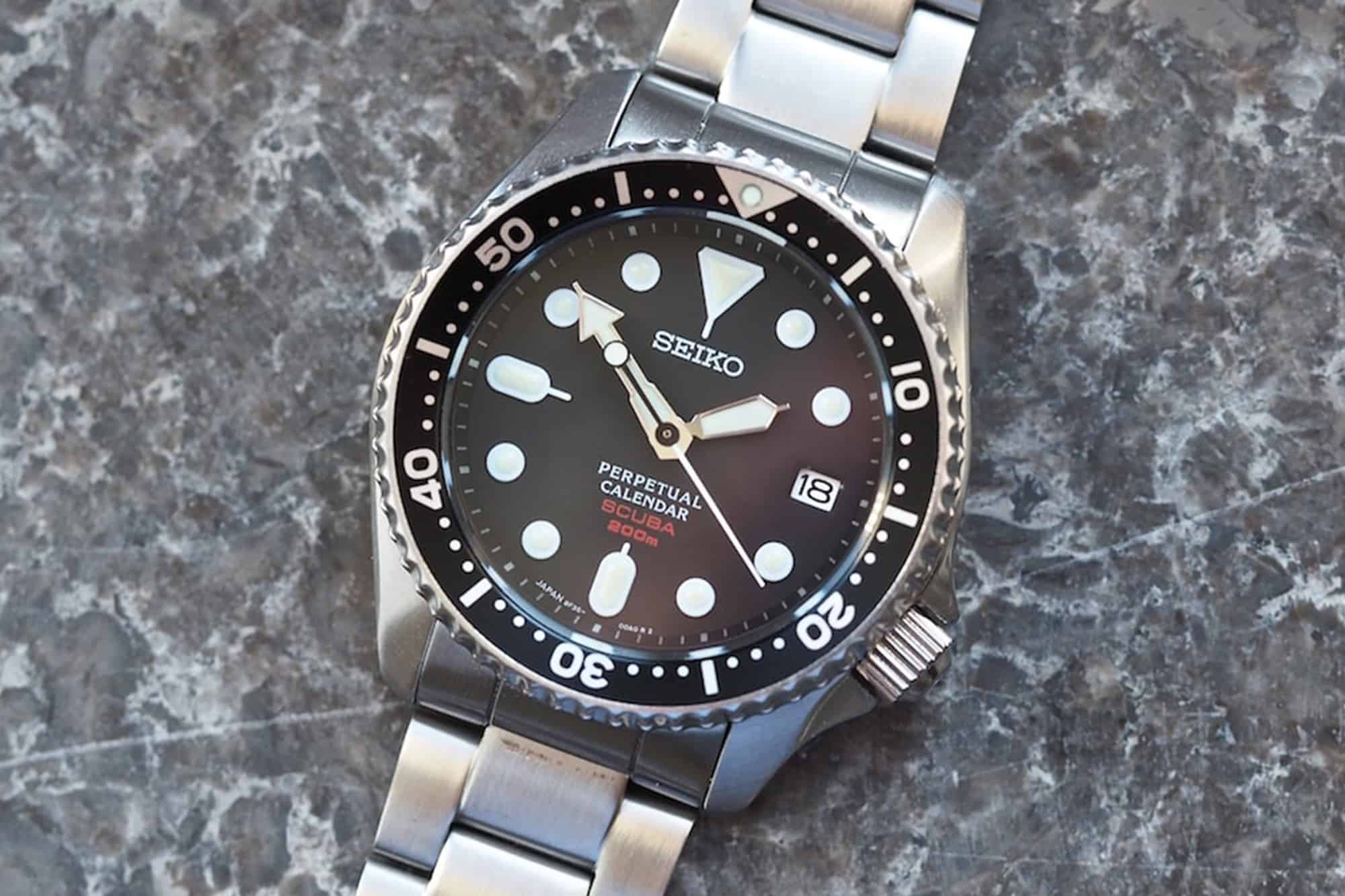Most of the time when we talk about complicated watches on Worn & Wound, we’re looking at the most popular complications on sports watches: the chronograph, and the GMT. It’s no wonder that these complications are somewhat ubiquitous in the segment we cover (and just about every other segment as well). They’re practical, have a clear aesthetic charm when executed well, and are associated with a whole host of truly legendary classic watches that brands of all sizes are constantly trying to emulate. It doesn’t hurt that over time, the cost associated with producing watches with these complications has fallen, making them accessible to many enthusiasts who wouldn’t have thought to touch them even a decade ago.
We love chronos and GMTs, but can’t help but feel that the calendar complications are sometimes ignored at the expense of their sportier siblings. Well, in this guide, we’re going to take a look at a small handful of calendar equipped watches that look great and display some real watchmaking wizardry that cost far less than you probably thought. While perpetual calendars are certainly the peak in the calendar game, the annual calendar presents an alternative that provides precisely 91.6% of the perpetual’s functionality at a small fraction of the cost, and it seems like nobody ever talks about it. But that changes today, because we’re all about the affordable annual calendar, and it’s about time it got its due.









 Featured Videos
Featured Videos




